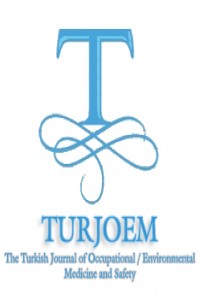Abstract
Recycling
industry provides the revenue of wastes to protect environment, humanity and
economy as a result of several recycling processes. Recycling is necessary for
humankind when the depletion of scarce natural world resources and unlimited
wants taken into account.
The metal
recycling sector has a command of a wide area due to its diversified types and
forms. Recycling of iron, steel, aluminum, copper, lead, and zinc (zinc oxide)
can be an example to frequently recycled metal. Therewithal, waste subjected to
recycling may be solid materials such as scrap, powder or liquefied metal can
be also subjected to recycling.
Without causing
environmental problems recovery of flue dust one of the wastes in iron and
steel industry is of great important. In Turkey approximately 500,000 tons per
year of flue dust arise in steel industry. In European Union countries, total
released amount of flue dust is in the range of 750.000 – 1.200.000 tons/per.
When chemical analysis of flue dust examined, it is observed that high values
of iron and carbon accompanied by harmful elements like Na, K, Zn, and Pb etc.
If necessary measures are not taken, exposure of flue dust will create serious
hazards to the health of employees.
Within the scope
of this study, a short term field observations were made at these company
recycled zinc from flue dust, processes, and risks private to this industry
were analyzed and occupational health and safety’s data were collected from
each of the four companies. A workshop called “Health and Safety Hazards in
Metal Recycling Industry” was organized by CASGEM on 23 December 2015. In this workshop representatives of these
four companies and related social partners brought together to discuss health
and safety problems and intercompany
cooperation has been put forward in the context of the solution of these
discuss health and safety problems. In this study, as well as literature
review, workshop results are also evaluated.
References
- Derya KOÇAK, Esra KARAMAN
- Centre for Labour and Social Security Training and Research
Abstract
References
- Derya KOÇAK, Esra KARAMAN
- Centre for Labour and Social Security Training and Research
Details
| Journal Section | Articles |
|---|---|
| Authors | |
| Publication Date | February 16, 2017 |
| Published in Issue | Year 2017 Volume: Volume 2 Issue: İssue 1 (1) - 2.İnternational Congress Of Forensic Toxicology |

